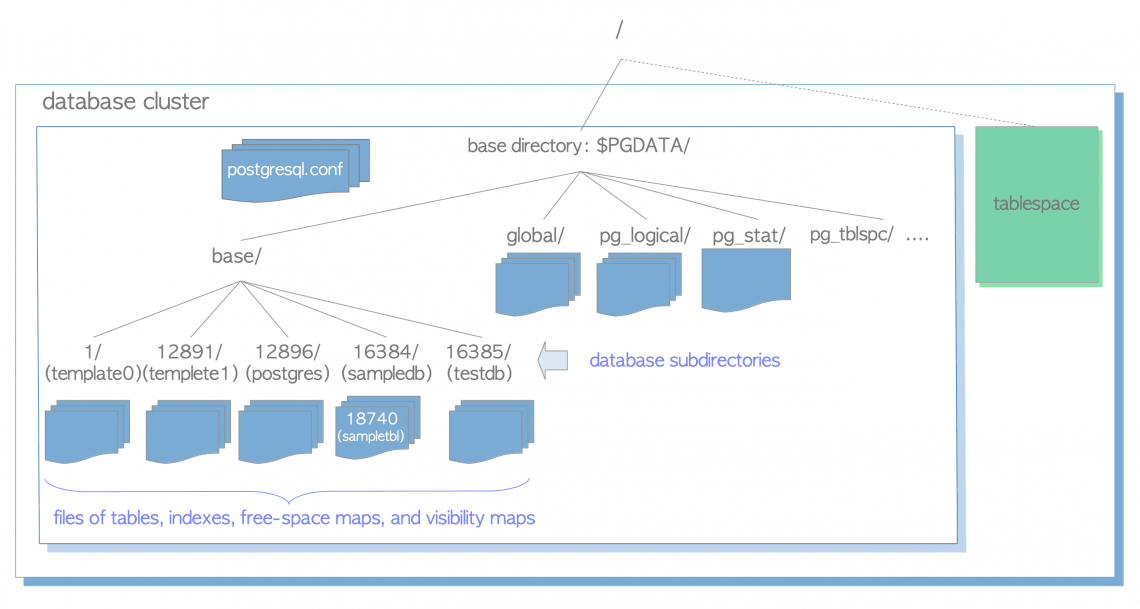

Databases are created with the SQL command CREATE DATABASE: CREATE DATABASE name where name follows the usual rules for SQL identifiers. One of the more interesting to me relates right back to those template databases. In order to create a database, the PostgreSQL server must be up and running (see Section 19.3 ). The CREATE DATABASE command has a number of options, as you can see in the documentation. Also, when you restore a database, PostgreSQL uses template0 to start that process (I’ll explain how and why once I learn).Īnd what about that postgres database? Well, that’s a default built into PostgreSQL so that tools always connect to a default database. What’s that? Well, in the event you completely mess up template1, template0 acts as a baseline. However, there’s more going on in PostgreSQL. You can add objects to template1, and then they will automatically exist in any other new database you create. The table template1 operates very similarly to model.

In PostgreSQL, the same thing happens, but the database is called template1. In SQL Server, you have a system database called model used as a template when you create a new database. Since I know SQL Server, I’m going to compare what’s going on here, to what’s going on there. The command to create a database is quite simple:

#Postgres create database with owner code#
I’m old, and I’m just more comfortable working on code within a dedicated coding tool as opposed to simply running it from the command line.For example, it plugs in very nicely to GitHub, so you can easily keep the code as you develop it up on GitHub ( go here if you want to see my VERY basic PostgreSQL code: ).I’m going to focus there, working primarily within Azure Data Studio (ADS). Finally, the SQL commands are available once you’re connected to PostgreSQL. You can do everything from a command line or use a graphical user interface (GUI) that lets you work with PostgreSQL. postgres CREATE DATABASE jiradb OWNER jira ENCODING utf-8 postgres CREATE DATABASE confluencedb OWNER confluence ENCODING utf-8 postgres CREATE. I could then back them up.Īs with any data management system, there are many ways to get this done. I needed to create a database and a couple of tables. However, I realized I had another thing I needed to do before I could begin learning – and teaching - backups. Now, what to do with it? In the first article in this series, I said I would start by learning about backups. You have an instance of PostgreSQL running locally (or you’re connected to the cloud). Data Types in PostgreSQL: Learning PostgreSQL with Grant.
#Postgres create database with owner how to#
How to back up and restore with PostgreSQL: Learning PostgreSQL with Grant.Creating a Database and Tables in PostgreSQL: Learning PostgreSQL with Grant.Connecting to PostgreSQL: Learning PostgreSQL with Grant.


 0 kommentar(er)
0 kommentar(er)
